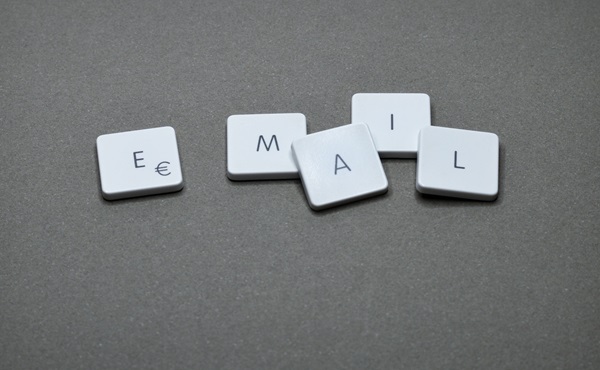The COVID-19 era has closed public gatherings, but social media and streaming has likely brought new virtual worshipers to your services. How do you form a lasting relationship with the people behind the screens? Strengthen ties with members who may opt to worship virtually even when buildings reopen?
In part one, you learned how critical email is to building a deeper connection with screen-only visitors and members. Now, learn how to expand your email reach with these worshipers and others from the community.
Attract new contacts

Offering a service (like your online worship), information or expertise that people value is the key to connecting with more people. (It’s like evangelism!)
A lead magnet is a way to offer these things to new (or disengaged) people in exchange for an email address. While we discourage requiring a login for your live- or on-demand worship, you should invite participants to connect by displaying a hyperlinked church email address on screen or in the chat box.
Other popular examples include registrations for:
- App downloads
- Class or group enrollment
- Discussion guides, e-book downloads
- Email newsletters
- Blog updates
- Event or activity signups
- Worship bulletins sent ahead of the service or sermon notes afterward
- Curated community needs’ information, i.e. local food bank locations and hours
- Prayer requests or devotions in response to news
- Downloads of seasonal inspirational memes
Promote
Once you’ve decided on a lead magnet, design and post a promotional graphic (using Canva or Adobe Spark) with a clear call to action (“Save Your Spot” or “Download Now”) on church social media accounts. Consider a simple low-cost Facebook advertising campaign to refine targeting to non-member neighbors within your area or desired demographics.
When people click, they land here
Once people click on the promotional link or graphic, it should direct them to a landing page that briefly describes the benefits of the offer. (Consider your audience and how they think, “What’s in it for me?” as you customize these benefits.)
Once you familiarize yourself with best practices and successful landing page examples, you may opt to DIY a landing page using your church’s website builder. Alternatively, easy and guided (but fee-based) landing page builders include Unbounce, Instapage and Hubspot.
Remember: The most important best practice is to focus only on what you’re promoting, not everything you offer. The only essential element is a signup form.
Under the form, outline your intent regarding future email communications with a consent statement. Typical wording to include: “After signing up for (whatever you’ve offered), you agree to receive occasional updates or announcements from (church name). You can unsubscribe at any time. View our privacy policy.” Make sure your privacy policy is up to current standards
Once a visitor submits the form, a second landing page serves as a confirmation and thanks, providing those who signed up with next steps. That can be a link to a promised download, further details about the offer or a referral to a section of your website that’s relevant to the topic, i.e. children’s ministries for parents or resources for the newly unemployed
Upgrade your email sends
Use an email service provider
Basing an email ministry from a Gmail or Outlook account is a mistake because these email clients are meant for one-to-one communication, not bulk.
Email service providers like MailChimp, Constant Contact, VerticalResponse, SendGrid or Sendinblue are worth the relatively low monthly or (usually nonprofit-discounted) annual fee to manage a simple email ministry. Take time to research the option that best meets your church’s needs and budget.
Create an automated welcome campaign
Virtual services are no different from in-person ones. People need to be greeted and made to feel welcome. Create an automated welcome campaign to help new visitors feel more informed and cared for during the service. Listen to MyCom Podcast Episode 26: Simple email automation to learn more ways your church can deliver the right message at the right time.
Use e-newsletters to keep the relationship going
E-newsletters can help cultivate a long-term relationship with your visitors. Curate the content developed from your editorial calendar into a biweekly or monthly e-newsletter. Focus on audience needs, offering invitations to connect further with the church through small groups, Sunday school classes or activities.
Growing your email ministry beyond the walls of your church takes effort but is well worth it. It builds a connection with people who need God’s love and grace even when we can’t meet in person.
Eric Seiberling is part of a husband-wife duo working to help the church embody "1 > 99" at brokensheep.com. He leverages his 20+ years of marketing and consulting experience to help churches "baptize" and use secular techniques to be more effective at reaching the lost, the least and the last for Jesus Christ.

